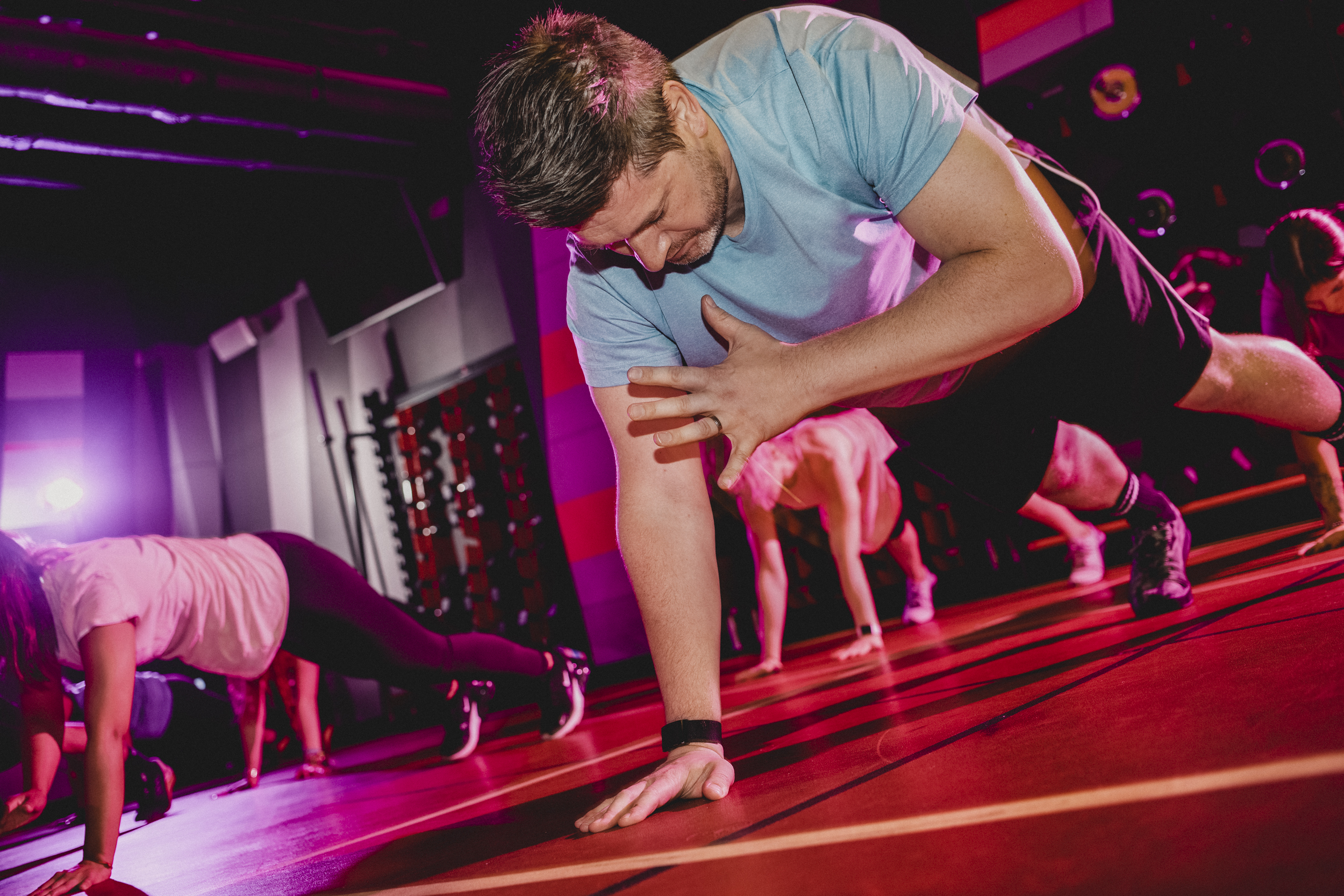Your guide to a perfect plank
3 Oct 2023 15:03PM
by
Chris Parr - Strength and Conditioning Activist

Why are planks good for you?
Plank pose is an exercise where you keep yourself horizontal to the ground with only your hands (or forearms) and toes touching the floor. Getting into plank pose is one thing, holding it is another. Planks engage your core muscles which means you need to have a pretty strong one to hold yourself up. (But even if you don’t have a strong core, you shouldn’t shy away from planks. They’re great for building your abdominal strength.)
Planks work your abs, obliques and deep abdominal muscles, helping you to develop better posture and stability through your middle. By strengthening your back muscles in a plank, you’ll develop a better natural ability to hold yourself up when you’re sat at a desk. What’s more, you might also reduce the chance of developing back pain.
Planks can also increase your flexibility by getting you to lengthen your body, particularly in your hamstrings and the lower half of your body.
Technique for a perfect plank
So you’re ready to go, but how do you start? Well, let’s begin with the set up.
If you’ve never done a plank before, or you want to start with the basics, you’ll want to get into a forearm plank.
To do this, first lay flat on your belly. Have your arms bent by your sides so your palms are towards your head and facing down. Press into your hands, forearms and toes to lift your body off the ground into a straight line. Ensure your core is engaged and there is a straight line from the top of your head, down your spine to your heels.
If you’re ready to move into a full plank, get yourself into the top of a push up. Keep your wrists under your shoulders. Brace your core and make sure you’re drawing that straight line with your body.
Common mistakes
In plank pose, form is everything. It will give you the most effective plank and reap the benefits.
1. Dropping your back
Because planks demand a lot of your core, it can be tempting to move into positions that make holding the pose easier. This is where we see some people dropping their back because their core is not quite strong enough.
When you’re in your plank, stay mindful of what your back is doing and try to keep everything in a straight line.
2. Not breathing
If you find yourself forgetting to breathe when things get difficult, you’re not alone. Keeping a steady breath while you hold plank will help spread oxygen around your body and, in turn, that means you’ll be able to hold plank for even longer.
3. Looking upwards
As plank is a static move that can be quite challenging, you may find yourself getting restless. But it’s important to keep the straight line from your head to your toes and gaze fixed on the ground. This will prevent you putting excess strain on your back.
Try these tips and see how you find your plank game change.

